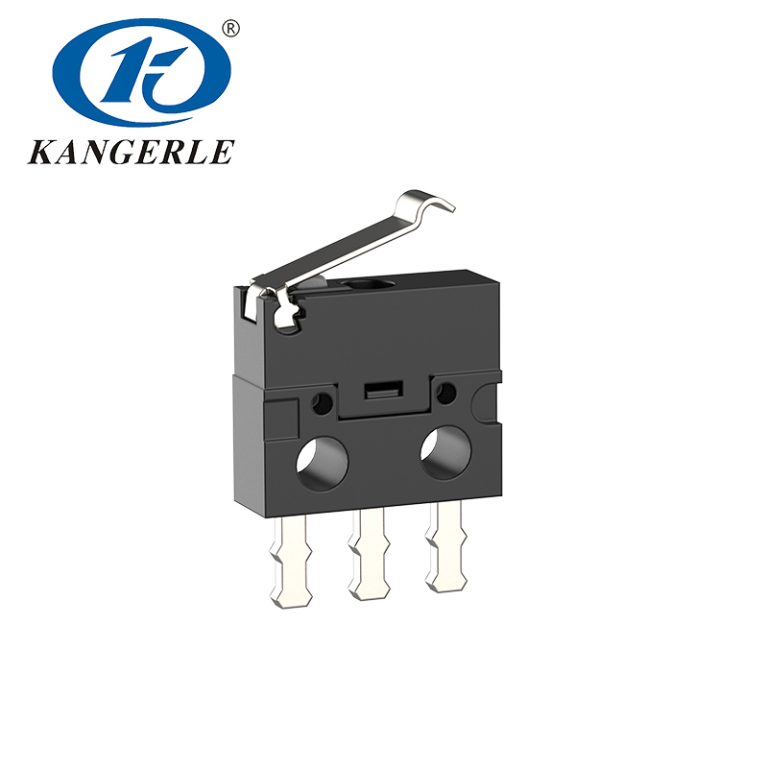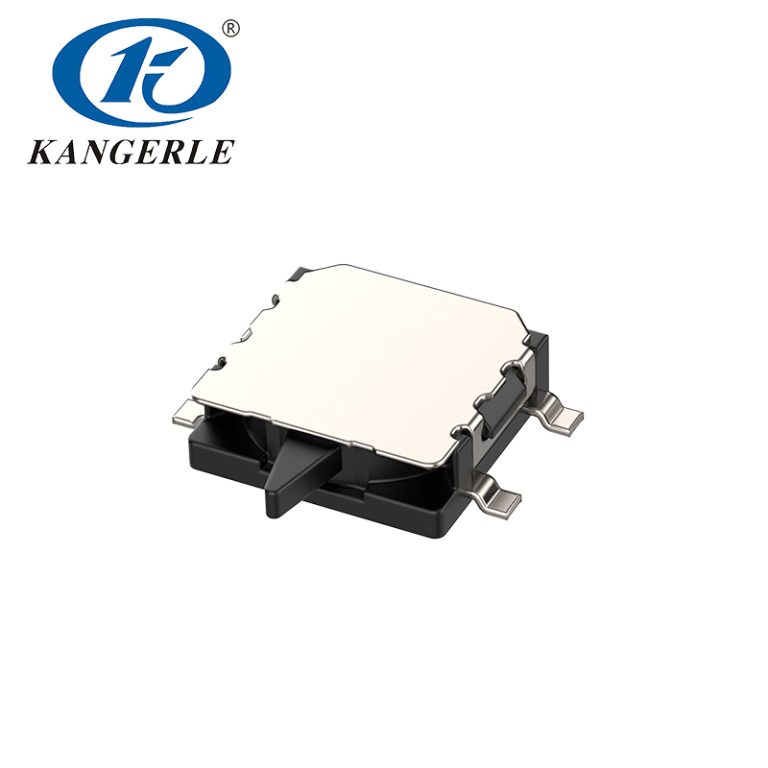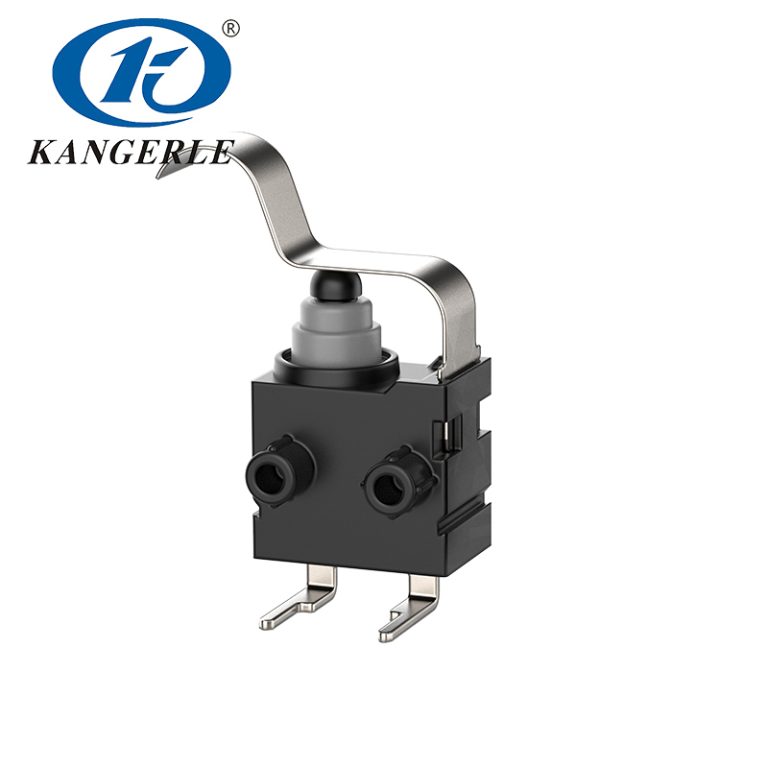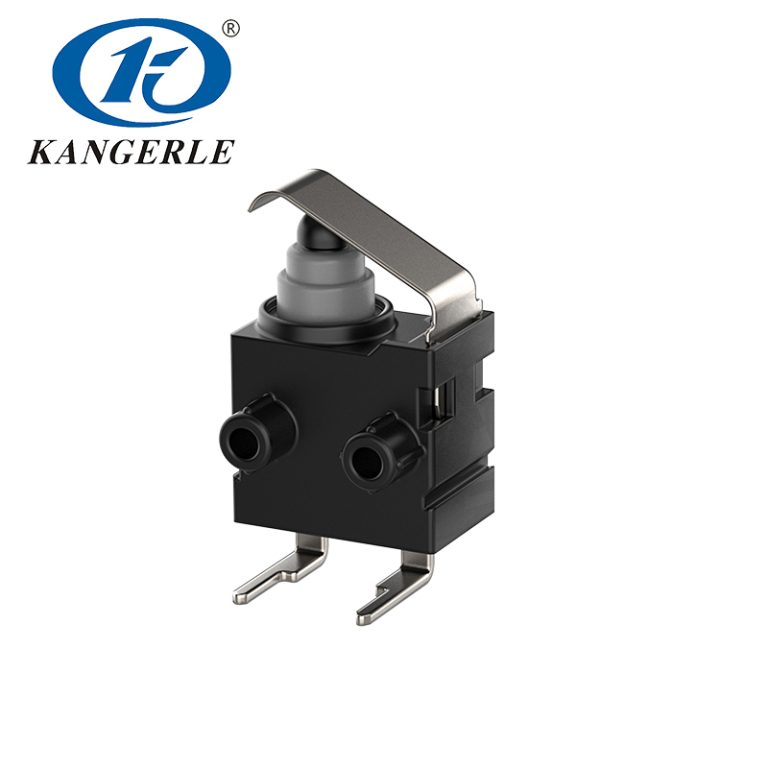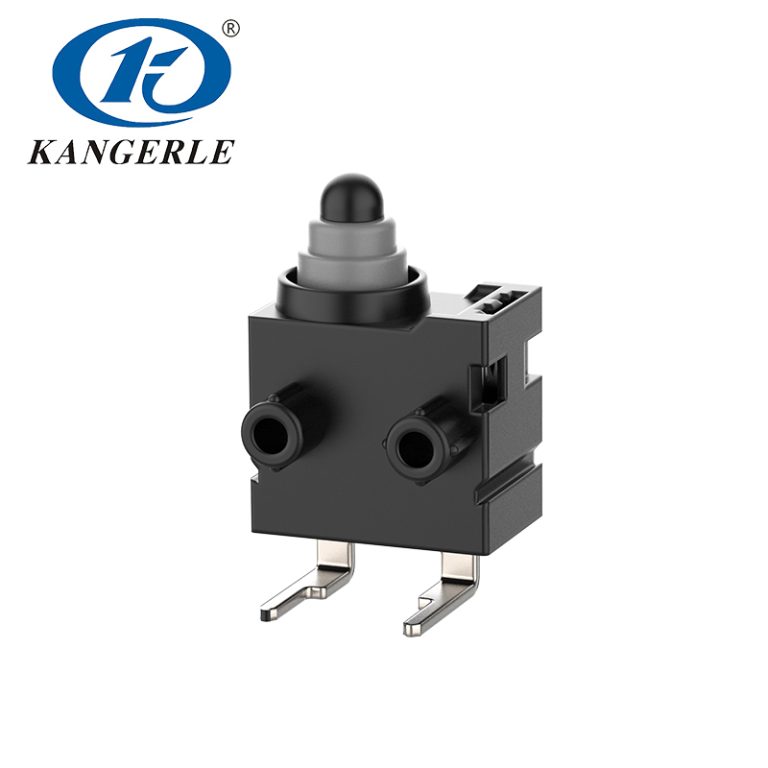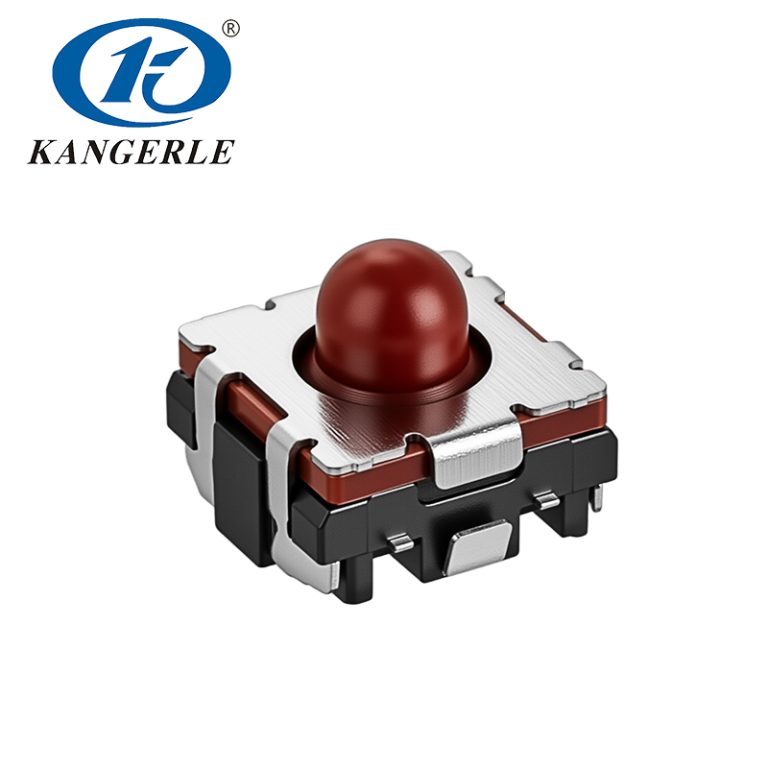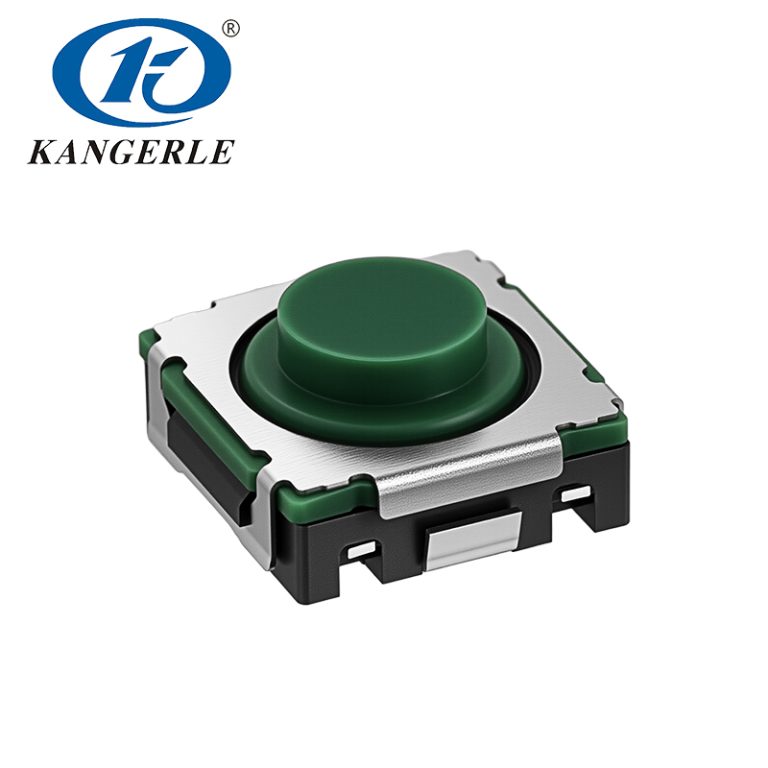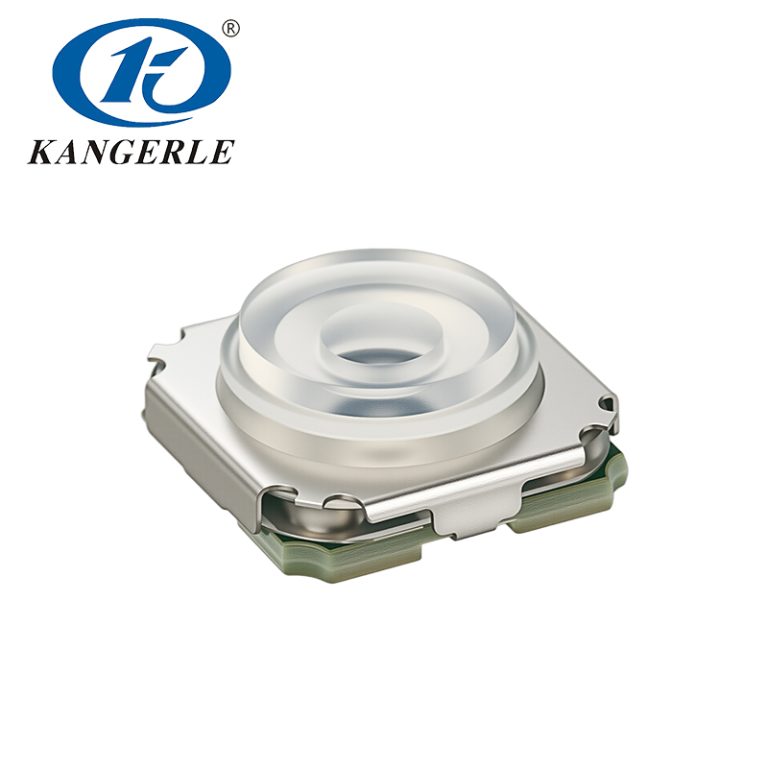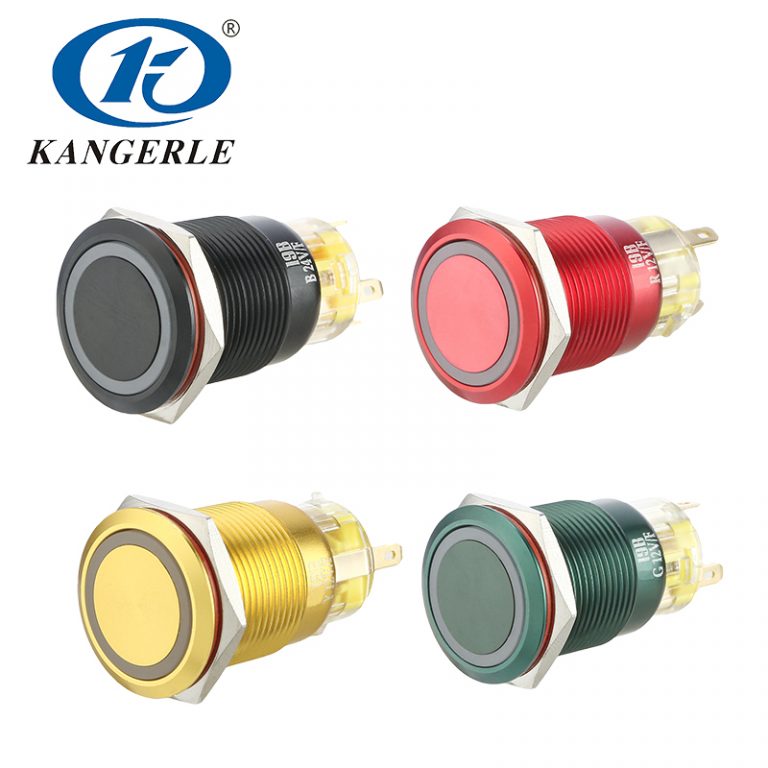
Ever wondered what keeps a defibrillator running smoothly? Those life-saving devices rely on tiny heroes—push button switches. If you’re in healthcare, engineering, or just curious, this guide digs into their role. We’ll explore how they work, why they matter, and what makes them fit for defibrillators. Let’s get started.
What Are Push Button Switches?
Push button switches are simple controls. Press them, and they close or open an electrical circuit. Release, and they snap back. Small but mighty, they come in various types—momentary or latching. Momentary ones only work while pressed. Latching ones stay on until pressed again.
Made from durable materials like plastic or metal, they handle tough conditions. Inside, a spring and contacts do the job. Ratings show their strength—voltage, current, and lifespan. For medical gear, they need to be reliable and safe.
The Basics of Defibrillators
Defibrillators shock the heart back to rhythm during cardiac arrest. Portable or fixed, they deliver controlled electric pulses. Two main types exist: automated external defibrillators (AEDs) and manual ones. AEDs guide users with voice prompts. Manual versions let pros adjust settings.
They work fast. Sensors detect heart rhythms. If needed, a charge builds up. Then, pads on the chest send the shock. Timing is critical—every second counts. Quality parts keep them ready.
How Push Button Switches Fit Into Defibrillators
Push button switches are key players. They handle critical tasks in these devices.
Powering On and Off
Start with the basics. A push button switch turns the defibrillator on or off. Press it, and the circuit connects. Power flows to the system. Release, and it stops. Simple, yet vital for quick use.
Controlling Shock Delivery
The big moment—delivering a shock. Push button switches trigger this. Doctors or AEDs use them to release the charge. A clear press ensures the right timing. No delays, no mistakes.
Adjusting Settings
Manual defibrillators need tweaks. Push buttons let users set voltage or mode. Each press changes the output. Precision here saves lives.
Safety Locks
Some switches act as safety guards. Hold and press to unlock a shock. Prevents accidental use. Keeps patients and users safe.
These roles demand reliability. Switches must respond every time, no matter the pressure.
Why Push Button Switches Matter in Defibrillators

Defibrillators face high stakes. Push button switches keep them on track.
- Speed: Every second counts. Quick response saves lives.
- Durability: Constant use wears parts. Good switches last.
- Safety: Wrong moves can harm. Switches prevent errors.
- Ease: Simple design helps in emergencies.
Data backs this. Studies show device failure often links to control issues. A solid switch cuts that risk. Medical standards, like IEC 60601, set the bar high.
Technical Specs for Push Button Switches in Defibrillators
Not just any switch works. Defibrillator-grade ones need specific traits.
- Voltage and Current: Handle 12V and 50mA, per some models.
- Operating Force: Around 120-350gf, depending on type.
- Lifespan: Mechanical life hits 10,000 to 100,000 cycles.
- Protection: IP67 rating shields against dust and water.
- Resistance: Contact resistance stays below 500mΩ.
Take the KW1 series. It runs at DC12V, 0.1A, with a 120±30gf force. IP67 keeps it safe after wiring. Compare that to KW4, also 150gf, but with similar durability. These specs match medical needs.
Table of key models:
| Model | Voltage/Current | Force (gf) | Mechanical Life | Protection |
| KW1 | DC12V 0.1A | 120±30 | 30,000 cycles | IP67 |
| KW4 | DC12V 0.1A | ≤150 | 30,000 cycles | IP67 |
| Press | DC12V 50mA | Varies | 10,000 cycles | None |
Certifications like UL or CQC add trust. Pick switches that fit these standards.
Challenges and Solutions
Push button switches face hurdles in defibrillators.
- Wear and Tear: Constant pressing wears them out. Use high-cycle models like KW1.
- Environmental Stress: Dust or moisture can mess things up. IP67 switches handle this.
- False Triggers: Accidental presses risk shocks. Add safety locks or covers.
- Size: Space is tight. Compact designs fit better.
Solutions? Regular checks help. Swap worn switches early. Train users on safe pressing. Quality from the start beats fixes later.
Future Trends in Push Button Switches for Defibrillators
Tech moves fast. Switches are evolving.
- Smart Features: Sensors could track usage, alerting for replacements.
- Materials: New composites might boost durability.
- Wireless: Some dream of touchless controls, though wiring still rules.
- Miniaturization: Smaller switches fit sleeker devices.
Research hints at these shifts. Companies test prototypes. For now, reliable basics still lead.
Meet ZHEJIANG KANGERLE ELECTRONICS CO. LTD: Your Push Button Switches Supplier
Looking for top push button switches? ZHEJIANG KANGERLE ELECTRONICS CO. LTD has you covered. Founded in 1993 in Wenzhou, China, they specialize in switches for electrical gear. Their range includes press button types for various uses, like defibrillators. With a 20,000m² site and ISO9001 certification, they pump out millions monthly. Branches across China ensure quality delivery. Check their site for more.
Conclusion
Push button switches are the unsung heroes in defibrillators. They power on, deliver shocks, and keep safety tight. With the right specs and care, they boost device performance. Understanding their role helps you pick the best. Ready to dive deeper? They’re worth it.
FAQs
How do push button switches affect the functionality of defibrillators?
Push button switches turn on defibrillators and trigger shocks. They keep the process fast and reliable.
What specs matter for push button switches in defibrillators?
Look for 12V, 50mA, and IP67 ratings. Functionality of defibrillators depends on these.
Can push button switches wear out in defibrillators?
Yes, they can. High-cycle models like KW1 boost functionality of defibrillators over time.
How do I choose the right push button switches for defibrillators?
Pick ones with low resistance and safety features. Functionality of defibrillators hinges on quality.
Where can I find good push button switches for defibrillators?
ZHEJIANG KANGERLE offers solid options. Their site lists push button switches for medical gear.

